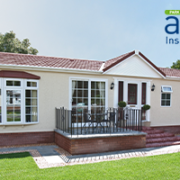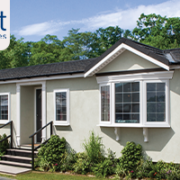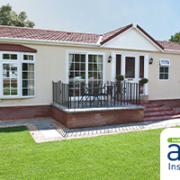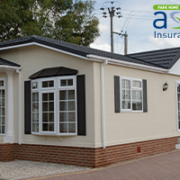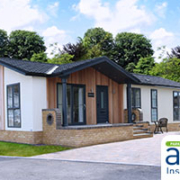Getting help with your park home energy bills this winter is a high priority for many residents. Keeping warm is essential for all of us and with rising energy costs, it can present an even greater challenge than usual. For those who qualify, there is help available both for fuel bills and for some measures to make your home more energy efficient and easier to keep warm.
Emergencies caused by events such as leakages, a heating failure or power outage are a problem at any time of year but the level of inconvenience and discomfort is, of course, magnified in the winter. Knowing that you can get the timely assistance you might need should an incident occur, means you can feel assured that you are covered whatever the season throws at you.
As winter draws closer this is an ideal time to be thinking about insulation for your park home. Not only will insulating your home keep you warmer but it will also reduce your energy consumption and help you to save money on your bills.
The coming of autumn brings new challenges for the maintenance of your park home. Here are a few ideas to help to get your park home in the best shape for the coming months.
Retirement for many is about peace, tranquillity and well-earned enjoyment of the finer things in life. Park homes are, in most cases, located in rural or semi-rural, picturesque places.
Dealing with pests in your park home is a perennial problem. The ease of access to the outdoors is one of the attractions of a park home but can also lead to problems when it comes to the encroachment of various pests.
On 26 March 2013 the Government introduced the Mobile Homes Act 2013 which was designed to give greater protection to owner-occupiers of residential mobile (park) homes.
A holiday let is a good investment if approached in the right way. Right now, with the domestic holiday market experiencing something of a boom, a holiday let is a popular investment choice.
This guide to motorhome insurance is designed to give you a few things to think about when looking for the best value for money cover for your motorhome.
When buying park home insurance, it is important to make sure that it fits your circumstances, so here are 10 tips for insuring your park home. Considering these points will help you get your park home insurance right.
Company
Insurance Services
- Park Home Insurance
- General Insurance Tips & Advice For Park Home Insurance
- Mobile Home Insurance
- Holiday Lodge Insurance
- Park Home Owner Car Insurance
- Motorhome Insurance
- Static Caravan Insurance
- Floating Home Insurance
- Boat Insurance
- Touring Caravan Insurance
- Holiday Home Insurance
- Making a claim
- UK Park home insurance
- FloodRe

